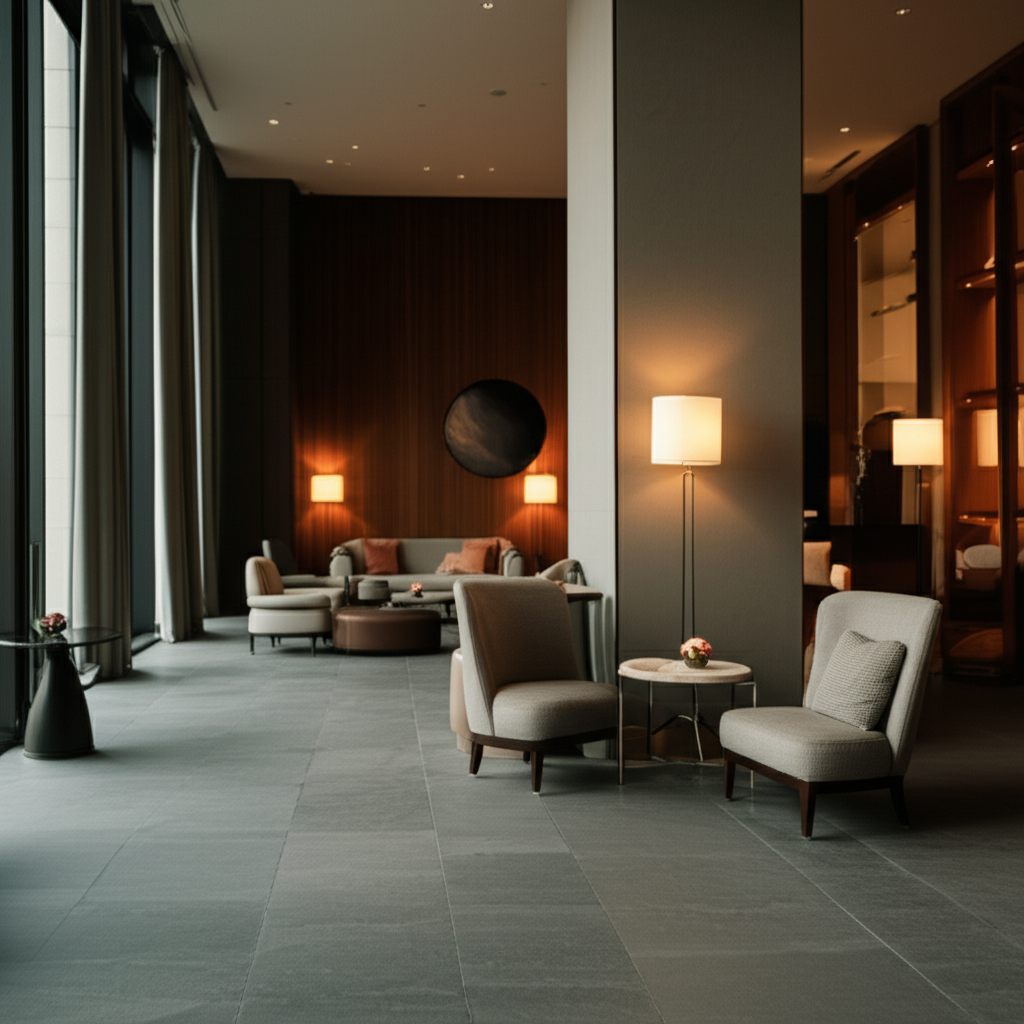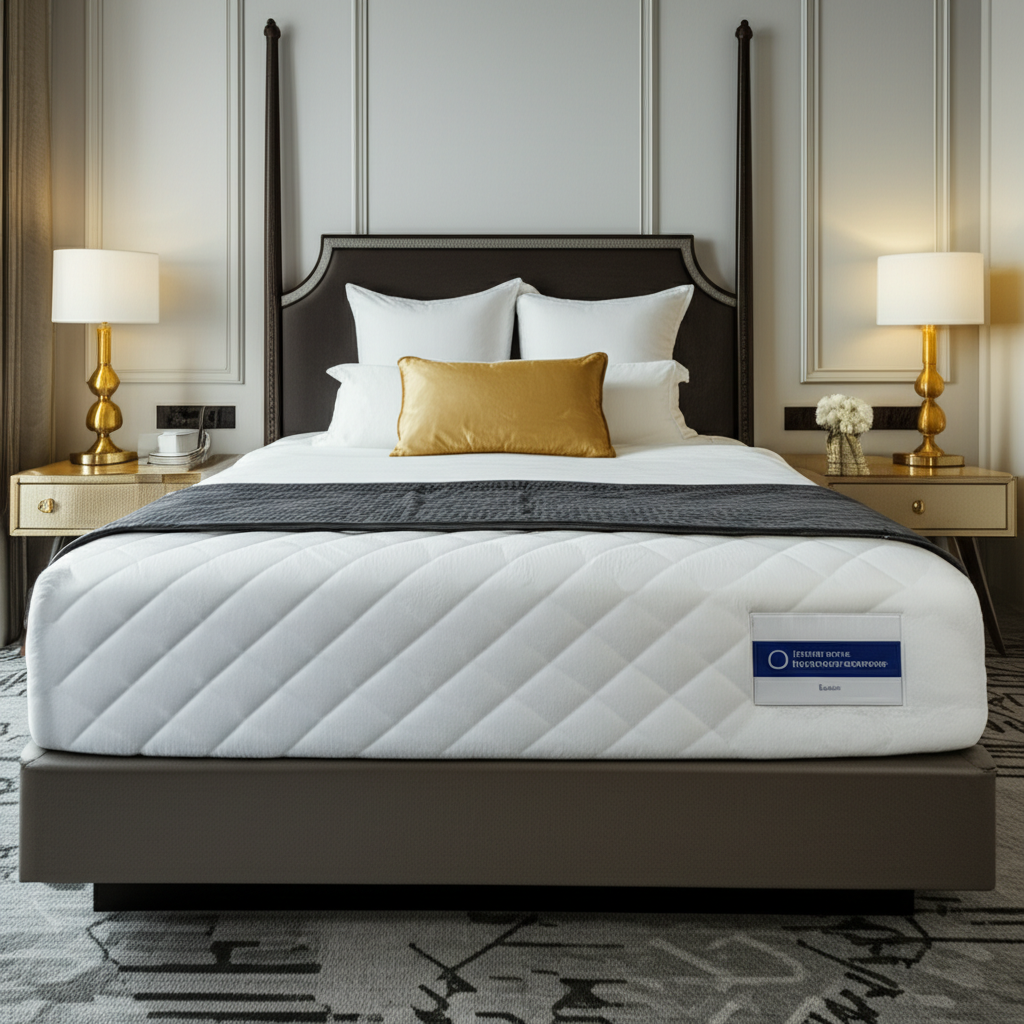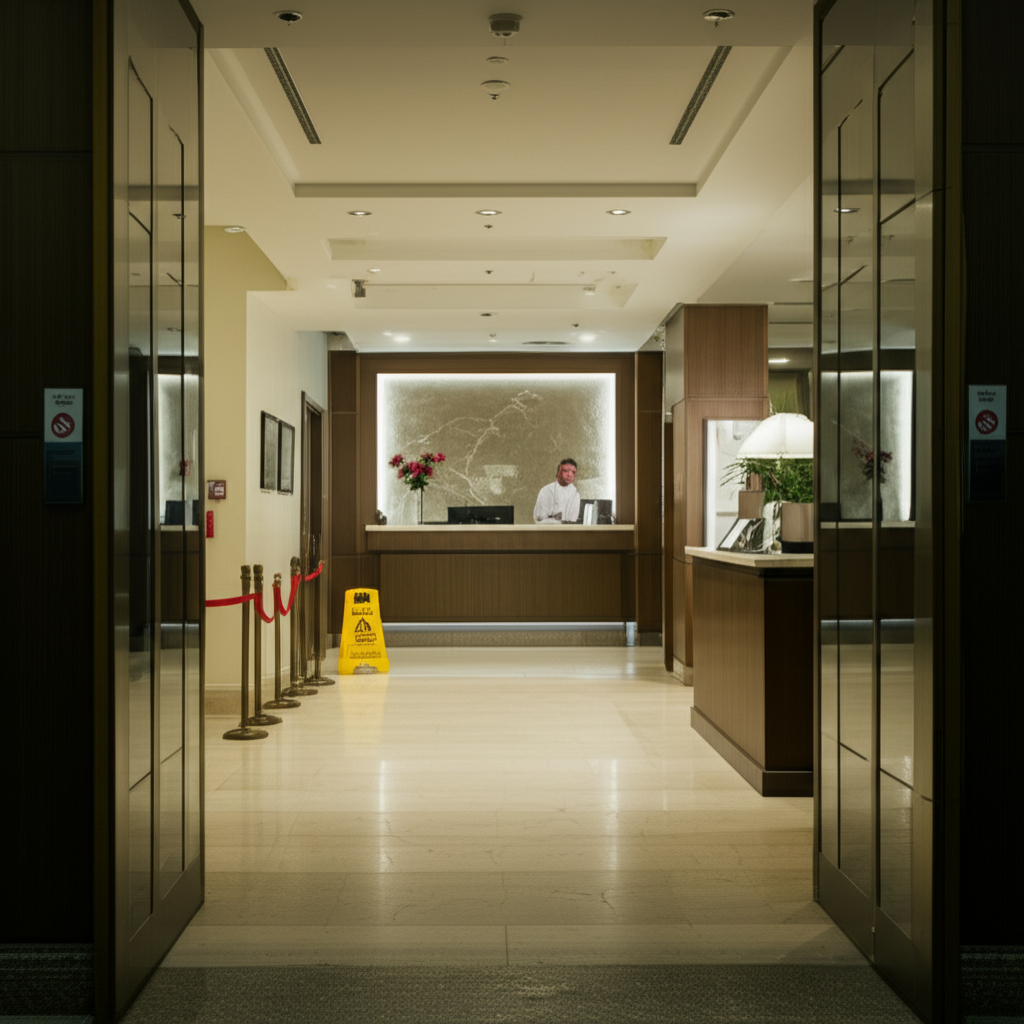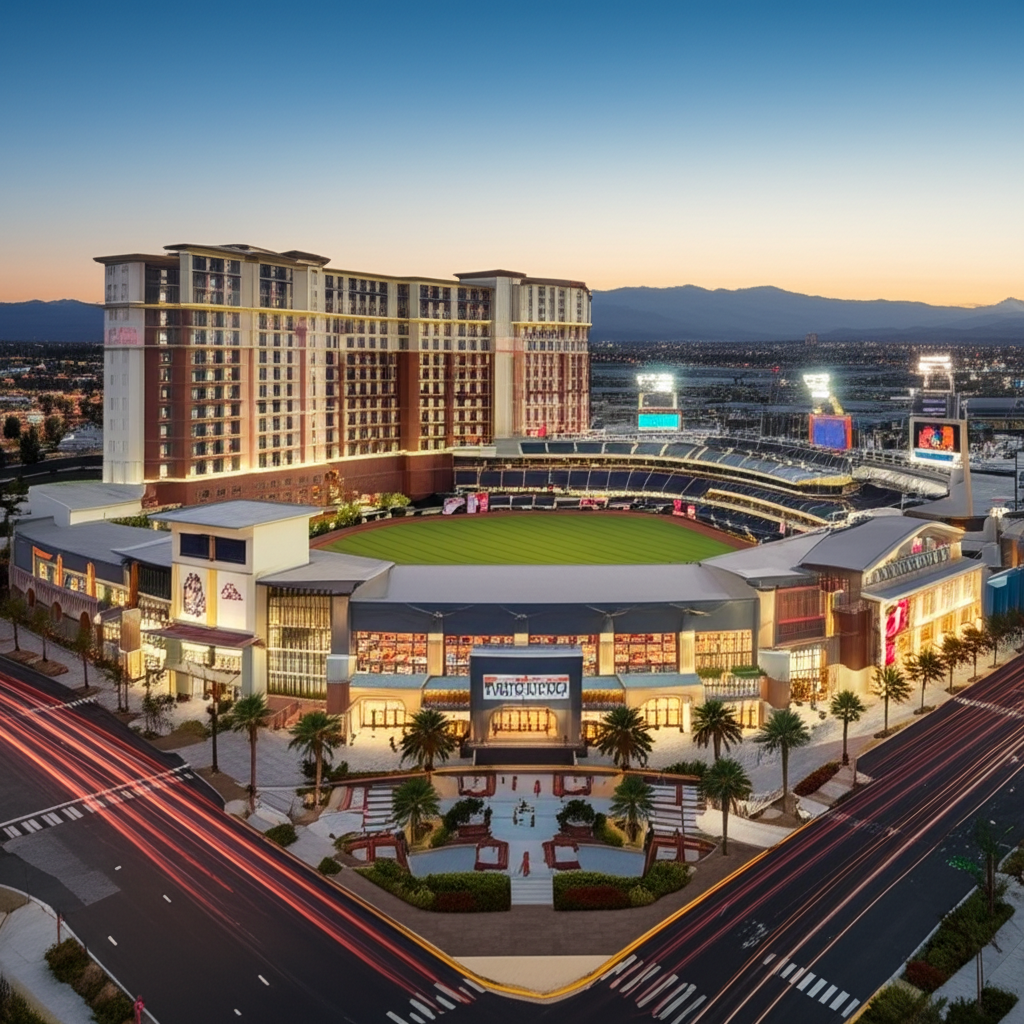Design-Led Hotels: A New Standard for Guest Experience
The U.S. hospitality industry is experiencing a shift towards design-focused hotels that prioritize aesthetics and unique guest experiences. These properties are not just places to stay; they are destinations in themselves, offering carefully curated amenities and spaces that cater to discerning travelers.
The Importance of Design
Hotel design plays a crucial role in attracting and retaining guests. A well-designed hotel can create a memorable and positive experience, leading to increased customer satisfaction and loyalty. Elements such as thoughtfully chosen color palettes, high-quality furnishings, and strategic use of natural light can significantly impact the overall ambiance and perceived value.
Key Design Trends in U.S. Hotels
Several design trends are currently shaping the U.S. hotel landscape:
- Biophilic Design: Incorporating natural elements such as plants, water features, and natural light to create a calming and restorative environment.
- Local Inspiration: Reflecting the unique culture and history of the surrounding area in the hotel’s design, creating a sense of place and authenticity.
- Multifunctional Spaces: Designing flexible spaces that can be easily adapted for different purposes, such as co-working, social gatherings, or private events.
- Technological Integration: Seamlessly integrating technology into the design to enhance guest convenience and personalization, such as smart room controls and personalized entertainment options.
Enhancing Guest Experience Through Design
Design-led hotels can elevate the guest experience in several ways:
- Creating a Sense of Luxury: High-quality materials, stylish furnishings, and attention to detail can create a sense of luxury and exclusivity.
- Promoting Relaxation: Calming color palettes, comfortable seating, and spa-like bathrooms can promote relaxation and well-being.
- Encouraging Social Interaction: Communal spaces such as lobbies, bars, and restaurants can encourage social interaction and create a sense of community.
- Providing Unique Amenities: Curated amenities such as art galleries, rooftop terraces, and fitness studios can provide guests with unique and memorable experiences.
Implementing Design-Forward Strategies
Hotel managers can implement design-forward strategies by:
- Investing in professional design services.
- Conducting thorough market research to understand guest preferences.
- Prioritizing sustainability and eco-friendly practices.
- Regularly updating and refreshing the hotel’s design.
- Seeking feedback from guests and incorporating it into future design decisions.
By embracing design-led strategies, U.S. hotel managers can enhance the guest experience, increase customer loyalty, and differentiate their properties in a competitive market.
Source: scmp.com




